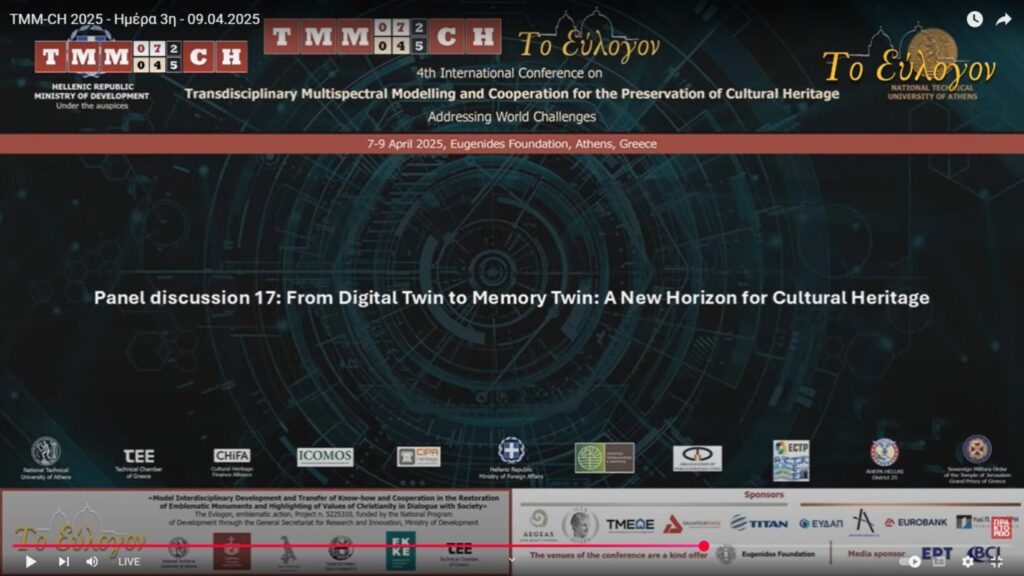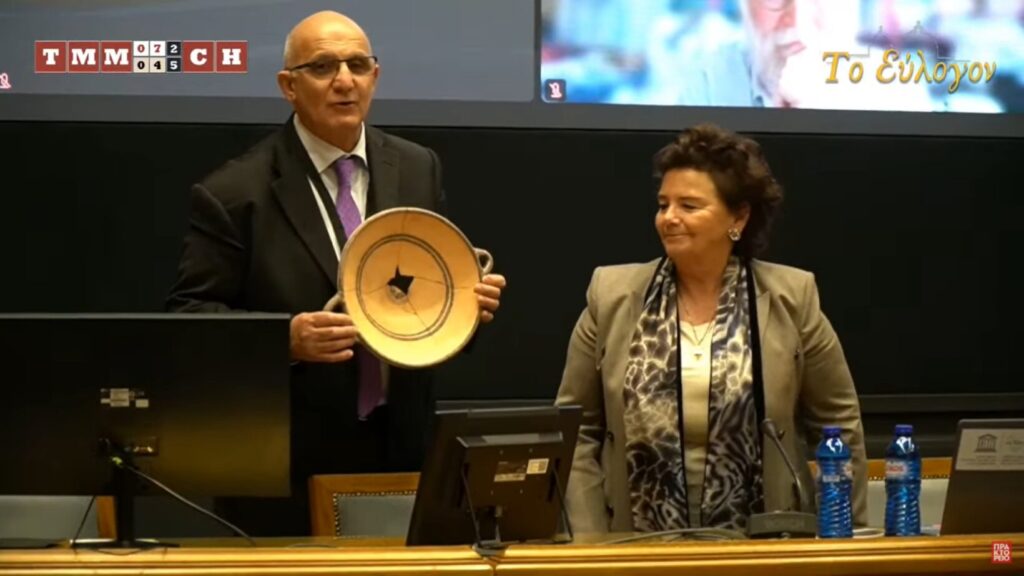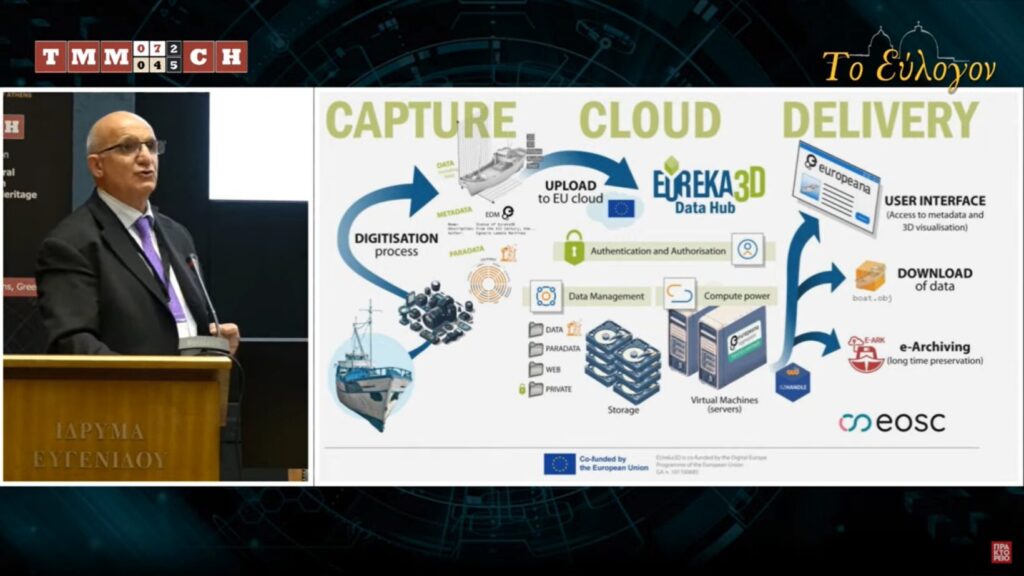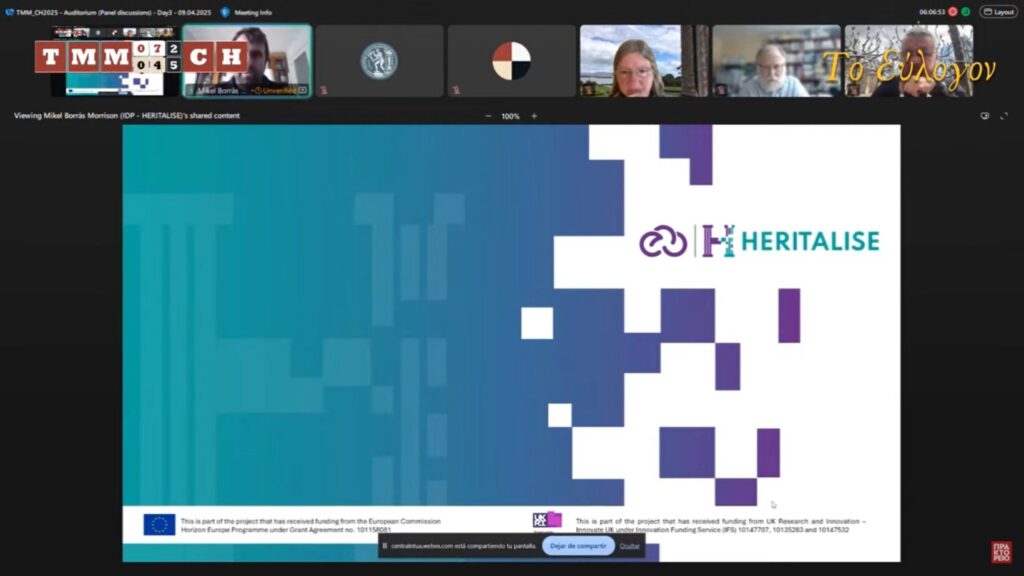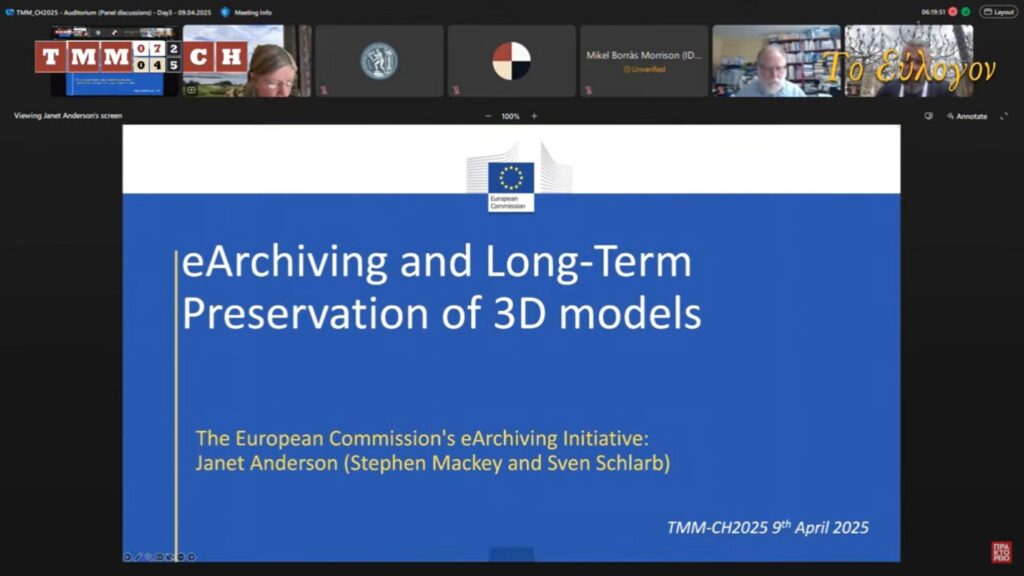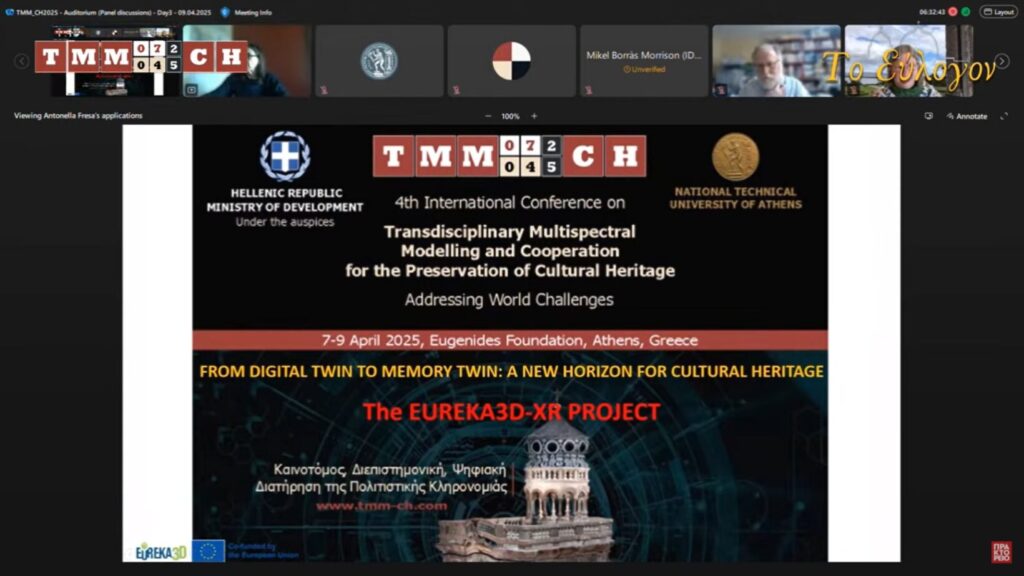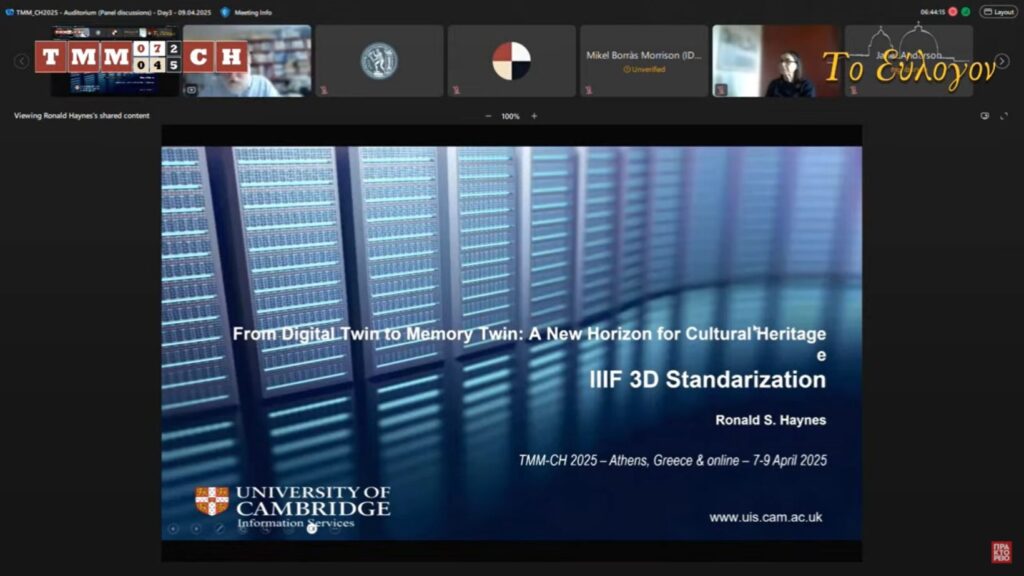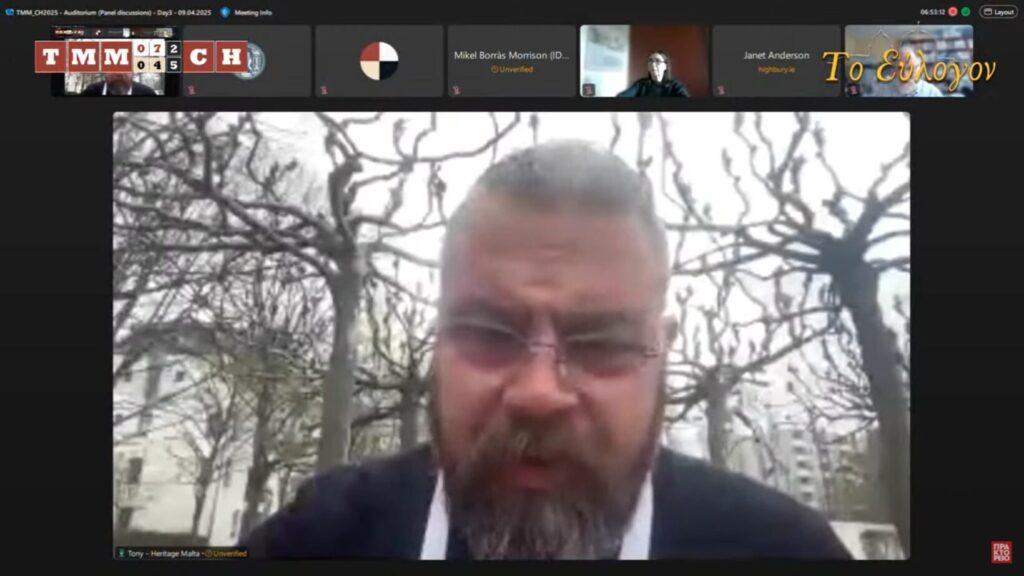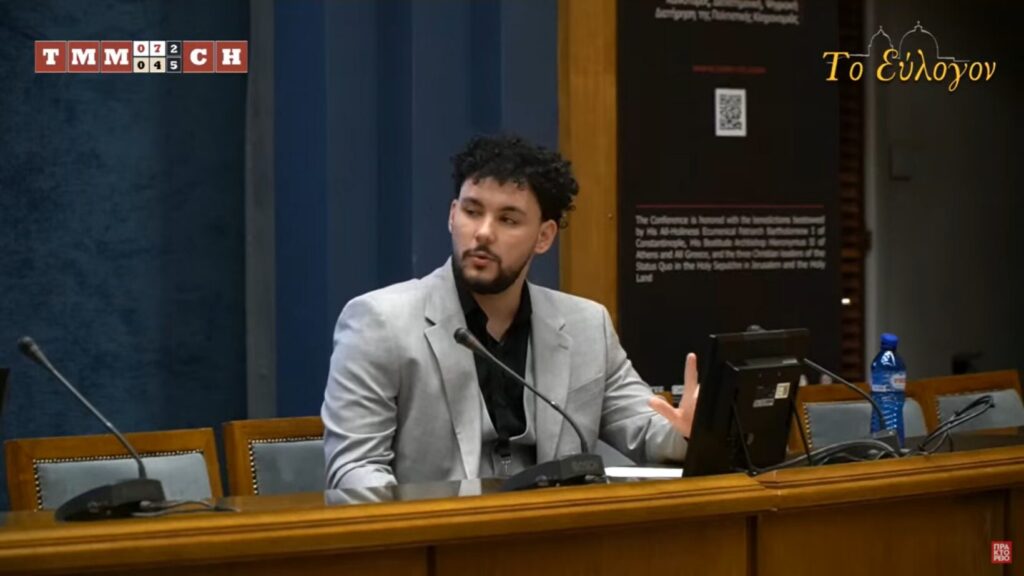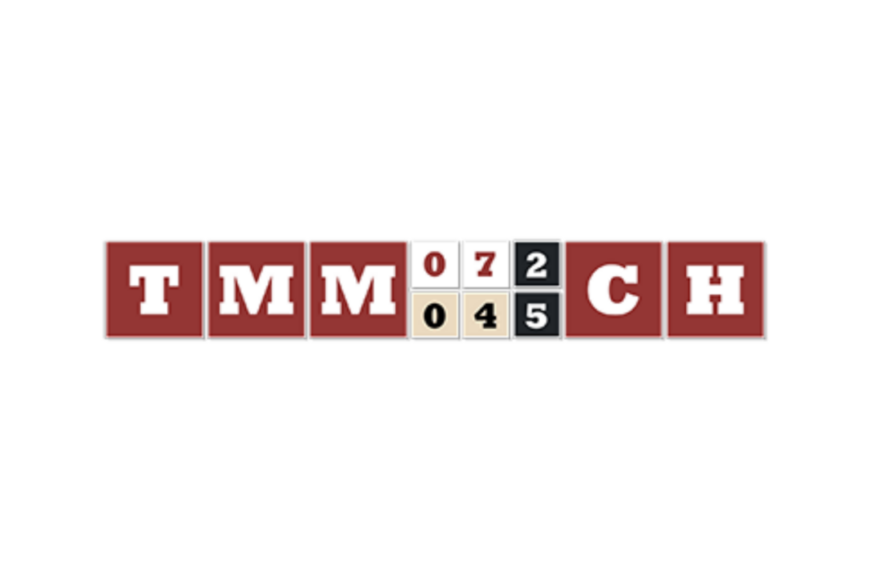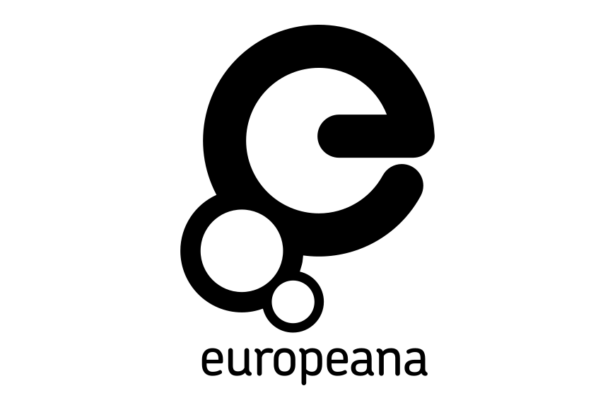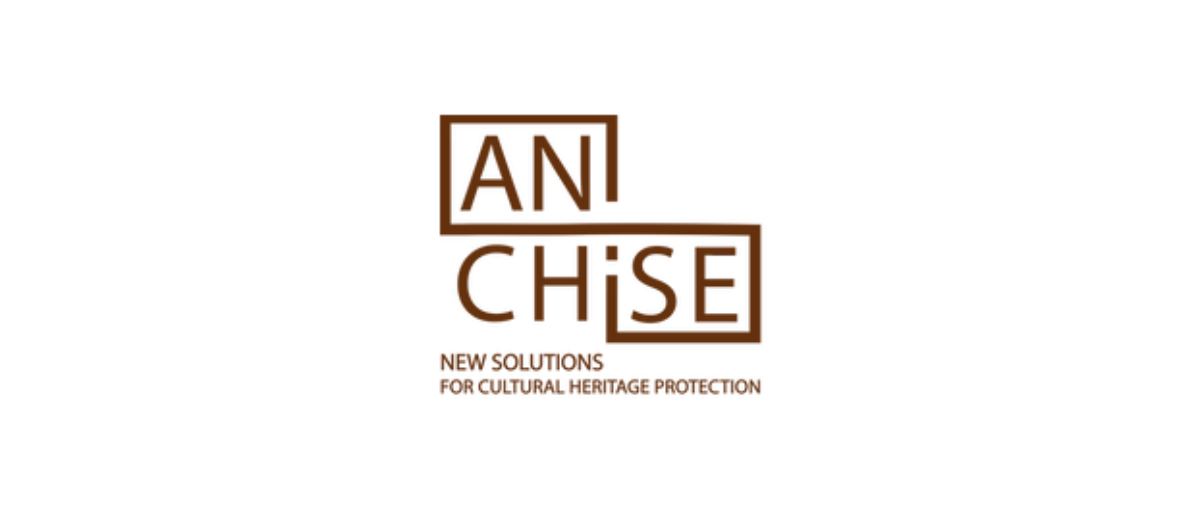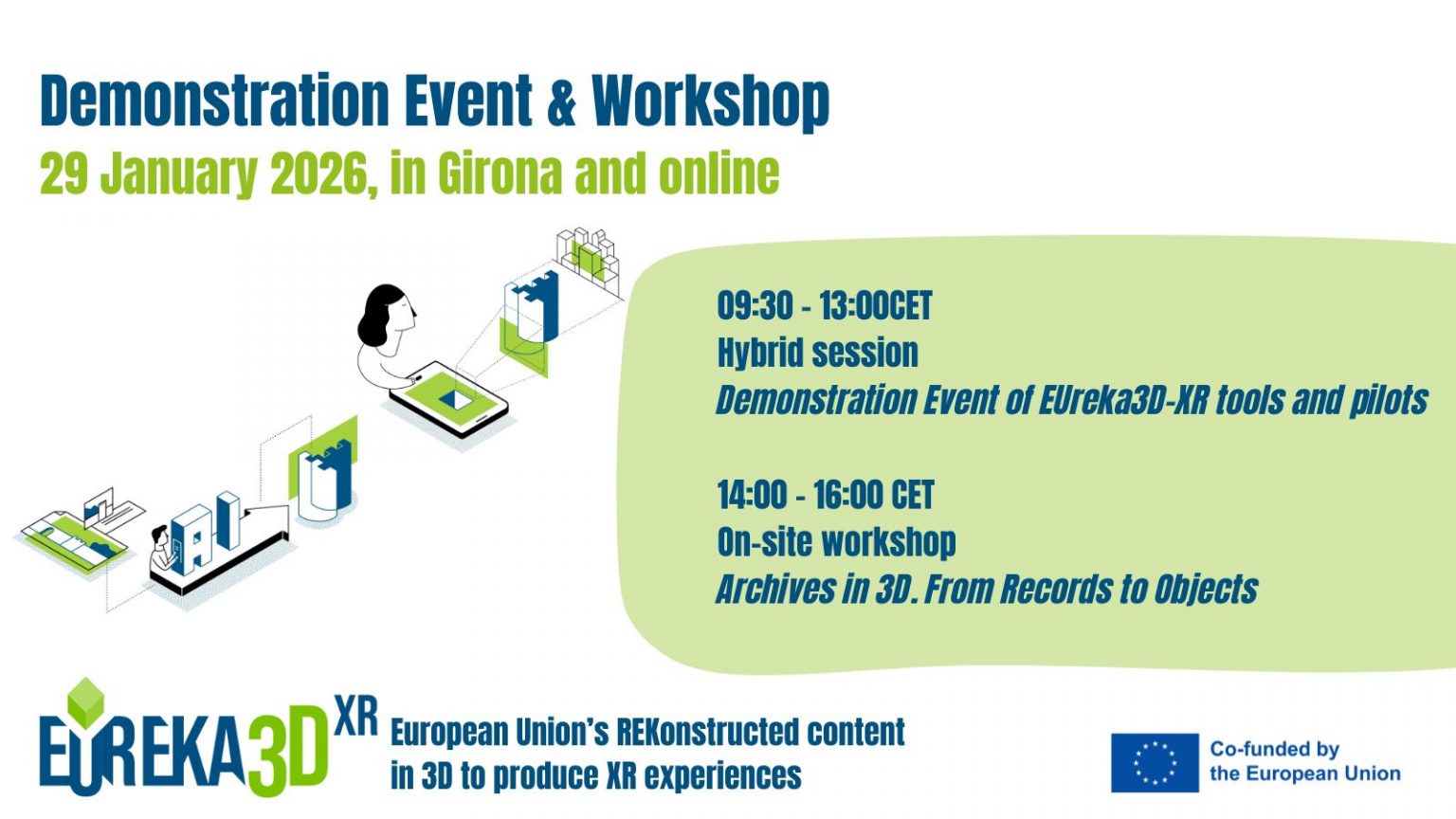The UNESCO Chair on Digital Cultural Heritage at Cyprus University of Technology is committed to advancing research and fostering innovation in cultural heritage preservation. Central to these efforts is the evolving concept of the Memory Twin, which introduces a holistic framework for integrating both tangible and intangible dimensions of heritage. This initiative builds upon earlier developments, such as the London Charter (2006), which emphasised the importance of intellectual transparency through paradata in 3D visualisations for cultural heritage. Paradata, alongside metadata and geometrical data, has become an essential element in ensuring high-quality, reusable 3D documentation and robust Digital Twins.
Further recognised by the ICOMOS Seville Charter (2017) and the European Commission’s EU VIGIE2020/654 study on quality standards for 3D digitisation, Paradata plays a vital role in achieving transparency and scholarly rigor. However, the Digital Cultural Heritage (DCH) community continues to address challenges in clearly defining paradata, distinguishing it from metadata, and understanding how these elements collectively support research, sustainability, and compliance with European recommendations.
The Memory Twin advances these foundational principles, introducing a dynamic approach that bridges humanities and digital technologies. By addressing existing gaps in standardisation and incorporating a broader range of cultural dimensions, Memory Twin seeks to safeguard cultural identity and knowledge while promoting innovative solutions for documentation and preservation.
We were, therefore, delighted to be given the opportunity to form a Panel Session at 4th International Conference TMM-CH (Transdisciplinary Multispectral Modelling and Cooperation for the Preservation of Cultural Heritage) 7-9 April 2025 at the Eugenides Foundation Athens, Greece, on this emerging approach to how cultural heritage is rethinking its approach to understanding the past in the digital decade and beyond.
Moderated by the UNESCO Chair on Digital Cultural Heritage, and director of the Digital Heritage Research Lab at the Cyprus University of Technology, Marinos Ioannides, the carefully selected panelists reflected the sea change in cultural heritage that the Memory Twin concept is bringing about.
Mikel Borras, introduced the aims and objectives of HERITALISE as coordinator of the new EU funded project seeking to bridge the worlds of industry, academia and cultural heritage institutions though the power of the European Collaborative Cloud for Cultural Heritage (ECCCH) to share, access, and build on enriched digital resources for cultural heritage preservation and research through advanced digitalisation and AI-powered tools.
Janet Anderson project manager of the EU eArchiving Initiative and director at Highbury Research and Development showcased the latest 3D data formats and the eArchiving specifications for the Content Information Type Specifications (CITS), for 3D Heritage Models, called CITS 3D HM, providing a clear message to the audience that if we fail to consider the long-term preservation of digital cultural heritage assets we run the very real risk of loosing data and the memories that it represents.
Antonella Fresa, coordinator of the EU EUreka3D-XR project spoke on the significance of the transformation of digital cultural heritage content to digital cultural heritage assets though exposure and reuse though Europeana as exemplified by the EUreka3D project and its continuation into EUreka3D-XR stressing the importance of skilling cultural heritage professionals in the use of digital tools and methods to achieve the highest quality of results.
Ronald Haynes, Cambridge University and co-chair of the International Image Interoperability Framework Consortium (IIIF) 3D Technical Specification Group, presented the work of the IIIF stressing the importance of standardisation and support for common interoperable frameworks within the 3D data domain and how the Memory Twin concept can be integrated into sustainable, interoperable digital ecosystem of online 3D content.
Cassar Anthony, Head of the Technology and Experience Development Unit at Heritage Malta shared his thoughts as both a cultural heritage stakeholder representing a national body and digital cultural heritage practitioner highlighting the importance of access to cultural heritage to engage audiences, support local economies and how shared memory can be used to promote social identity, coherence and understanding.
Stergios Roumeliotis, research associate, National Technical University of Athens reflected on the experience of digitising the Church of the Holy Sepulcher, Jerusalem, Israel and the RESPECT platform to for knowledge management in working across conservation, engineering, social and historical domains capturing the geometry needed for work but within a context of the cultural, heritage, community and religious stakeholders and the shift from a building structure to a cultural experience.
Nikos Doulamis, National Technical University of Athens, took the opportunity to remind the audience that cultural heritage is a very human construct that engages our emotions, forms our perspectives and can affect our health and wellbeing. In a thought-provoking observation, he urged the community to not forget the human aspect of digital cultural heritage and bring heritage to society at a human scale.
The session was concluded with a brief question and answers session from the audience and a presentation to the President of the International TMM_CH Conferences, Professor Emeritus Moropoulou Antonia, National Technical University of Athens with a 3D printed replica of a bowl excavated at Amathus, Cyprus by the Swedish Cyprus Expedition (1927-1931) and now part of the collection of the Medelhavsmuseet (Museum of Mediterranean and Near Eastern Antiquities), Stockholm, Sweden digitised by the ongoing joint digitisation initiative between the Swedish state museum service and the UNESCO Chair on Digital Cultural Heritage to create a Memory Twin of this significant archaeological expedition in Cyprus 100 years ago.
